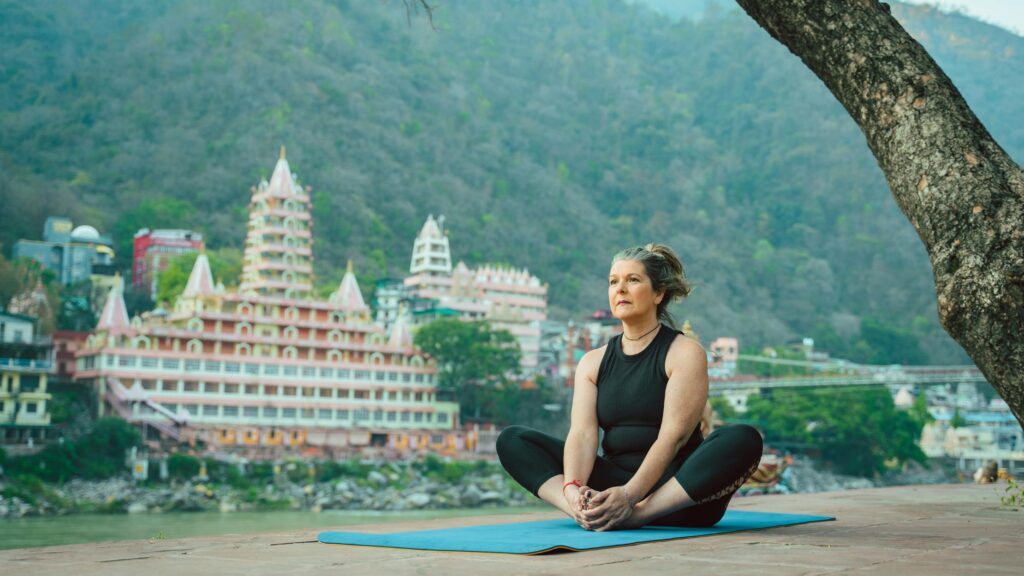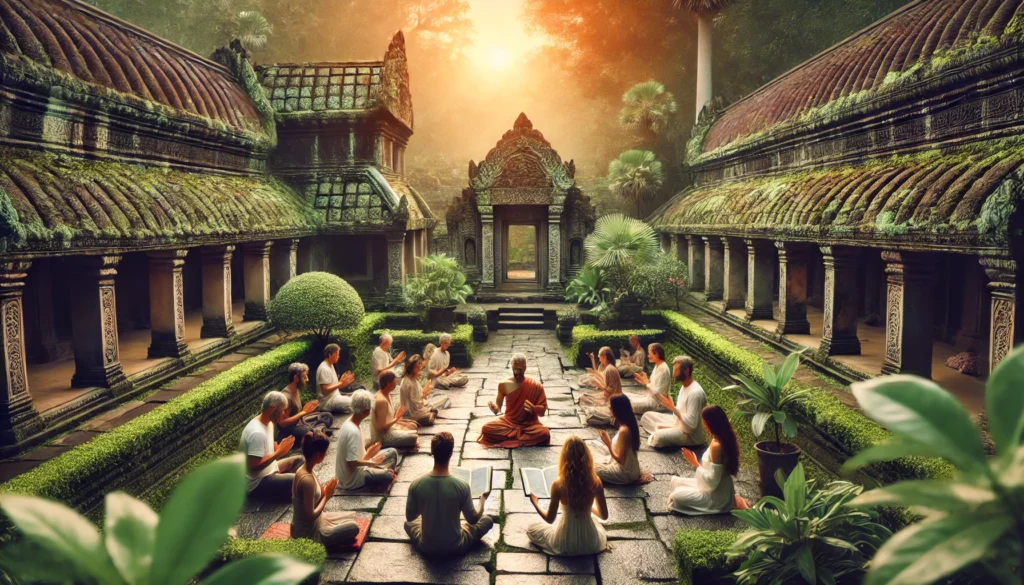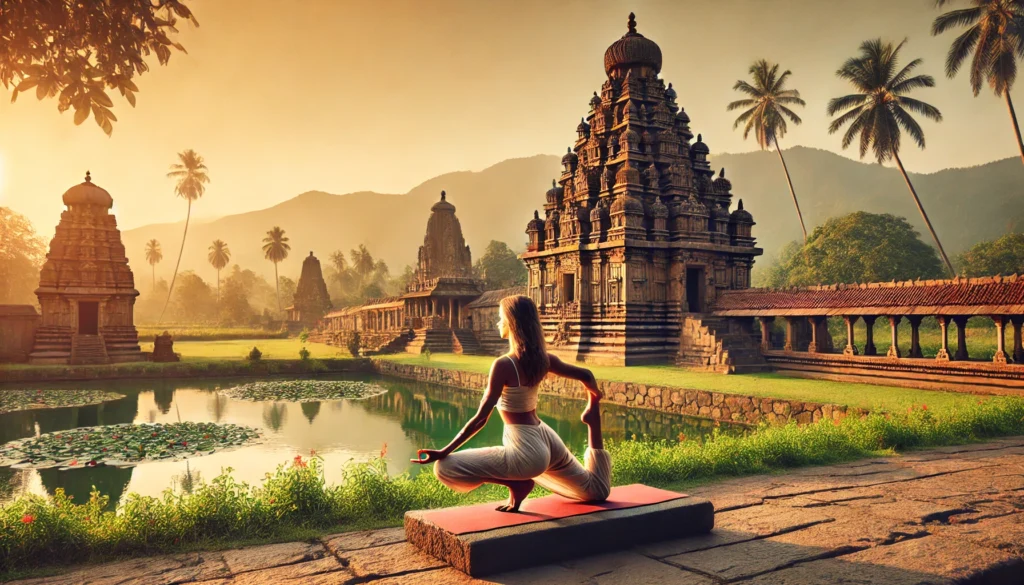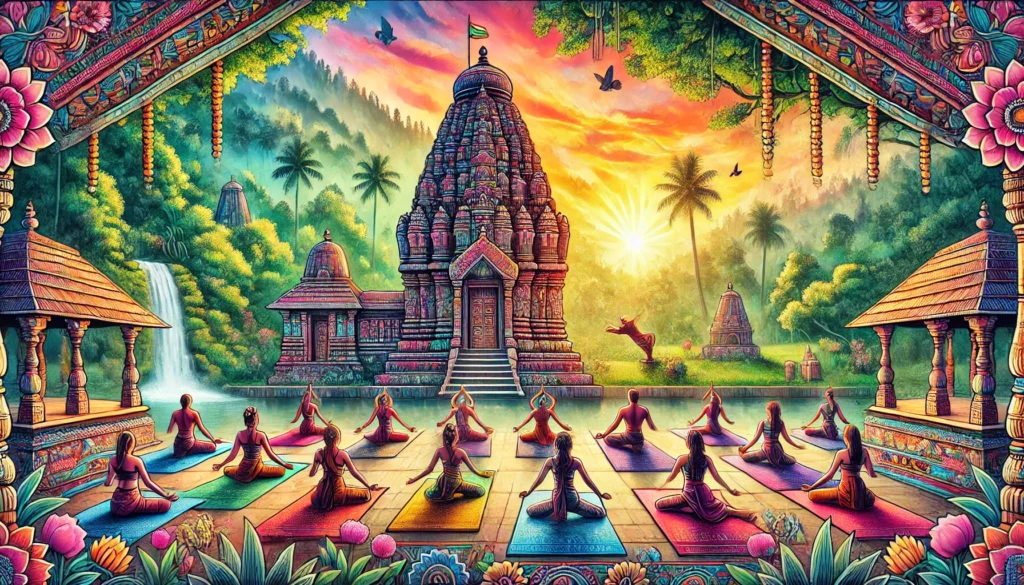Closing Note
Vedic Yoga is a profound journey that weaves together movement, breath, and ancient wisdom to guide us toward inner clarity and higher consciousness. Interpretations and practices may vary, but the essence lies in sincere exploration and disciplined awareness.
This article is meant to inspire reflection and curiosity. For those seeking a deeper path, guidance from experienced teachers, spiritual mentors, or traditional texts can provide meaningful support.
At Indo-German Spectrum, we honor the timeless value of these teachings and aim to share them with respect, authenticity, and openness.









